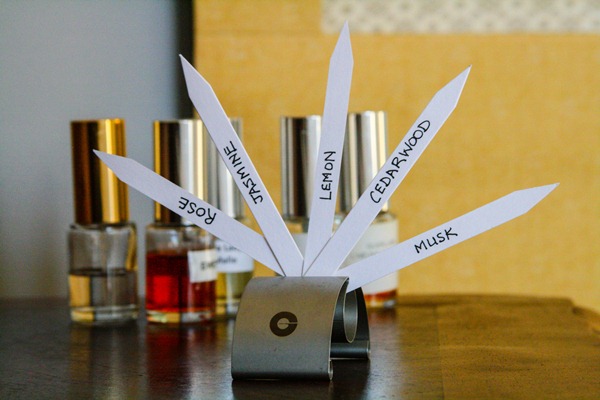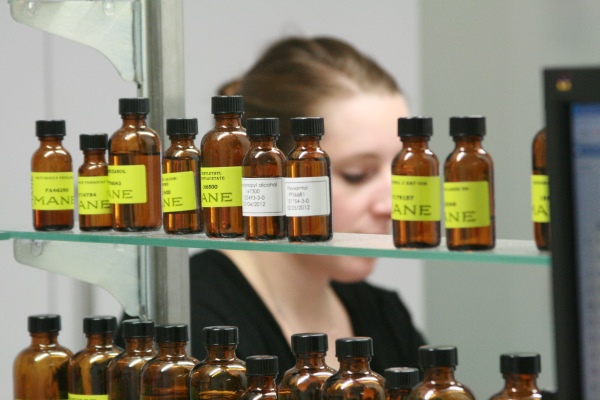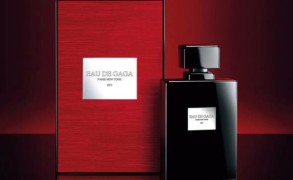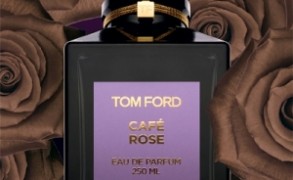Today we have a special guest writer Lauren Salisbury. Lauren and I met as students at the IFF Perfumery Academy, and we’ve spent many hours smelling together. A life-long lover of perfume, Lauren has worked in the fragrance industry for nearly a decade, developing fragrances for many popular brands around the globe. She now works as an evaluator for ScentAir Technologies, Inc., and writes her blog, The Little Nose. Lauren will give you a glimpse inside a perfume lab and introduce you to a very important person–the fragrance evaluator.
How Many Hands Touch Your Bottle of Perfume : Brief
In recent years, the media has focused on the particular talents and tasks of the perfumer, and we are fascinated. They are admired as artists, respected for their finely-tuned, highly-trained olfactory abilities and their knowledge about fragrance materials. But few of us are aware of the perfumer’s trusted sidekick: the evaluator. Until recently, perfumers remained completely anonymous, but today you will still rarely see mention of the evaluators in the press. Despite their work behind the scenes, not only does the evaluator help the perfumer complete the project, but also, she can significantly influence the final fragrance.

First, let me explain where the evaluator fits into the process. When the brief, or fragrance request, arrives from the client (and by client I mean a fragrance house like Calvin Klein or Christian Dior) via the sales department, the evaluator starts her work. She reaches out to one, or several, perfumers, communicating the desired fragrance goal, as well as all the project specifications, such as the maximum cost allowed for the fragrance, material restrictions, target consumer details, and due dates.
Continue reading →


















Kaisa in Perfume To Brighten Up Your Spring Days: I think you really captured something (sadly) when you said today’s perfumes are designed to be likeable rather than memorable. I would add “instantly” likeable; drydowns are often disappointing. There… April 20, 2024 at 2:56am